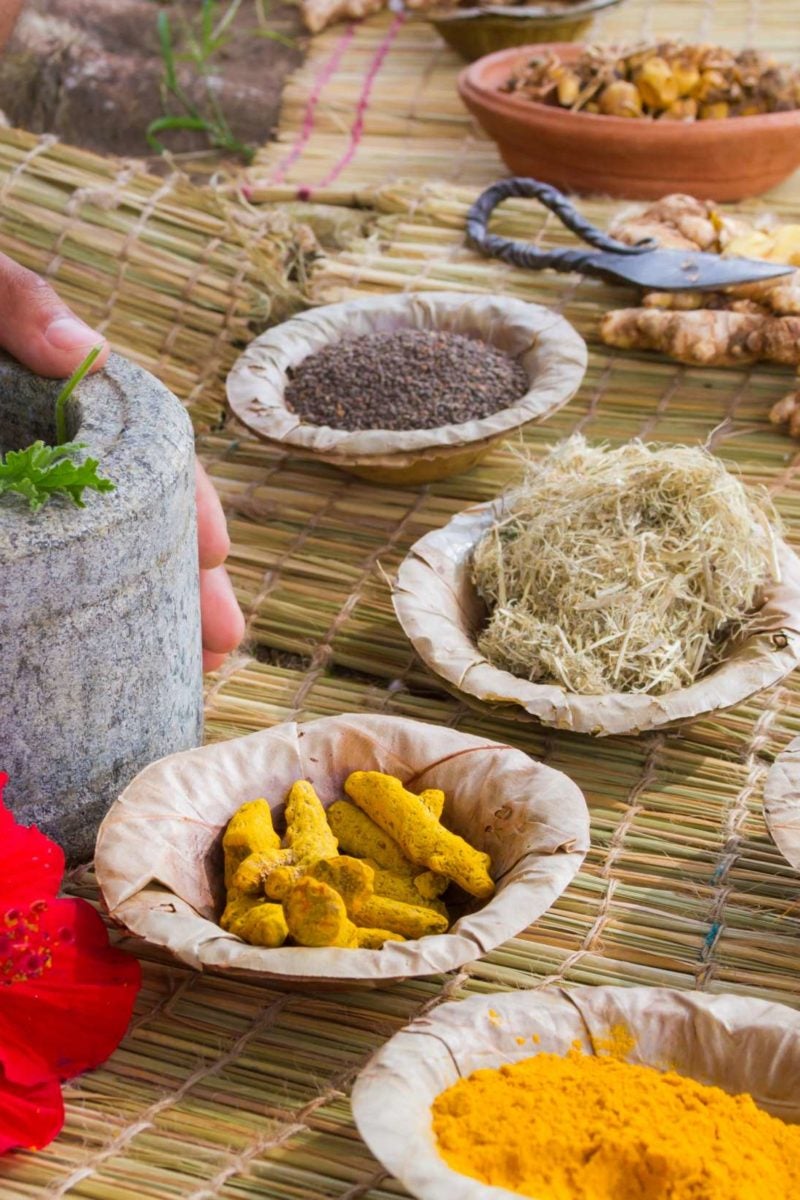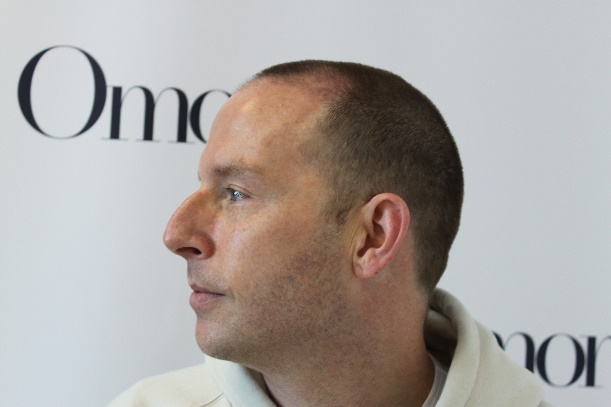five hundred five hundred
A hair transplant is a approach in which a plastic or dermatological surgeon moves hair to a bald vicinity of the head. The surgeon in most cases moves hair from the back or side of the head to the entrance or leading of the head
Hair. transplants normally occur in a medical office below local anesthesia
Pattern. baldness is accountable for the majority of hair loss. This comes down to genetics. The remaining situations are due to different factors, including:
dietstressillnesshormonal imbalancemedications
There are two kinds of transplant procedures: slit grafts and micrografts
Slit. grafts contain four to 10 hairs per graft. Micrografts contain 1 to 2 hairs per graft, depending on the protection needed
Receiving. a hair transplant can strengthen your visual appeal and self-confidence. Good candidates for a hair transplant include:
men with male sample baldnesswomen with thinning hairanyone who has misplaced some hair from a burn or scalp injury
Hair alternative isn’t a good choice for:
women with a widespread sample of hair loss throughout the scalppeople who don’t have sufficient “donor” hair websites from which to eliminate hair for transplantpeople who kind keloid scars (thick, fibrous scars) after injury or surgerypeople whose hair loss is due to remedy such as chemotherapy
After thoroughly cleaning your scalp, a surgeon uses a small needle to numb an vicinity of your head with local anesthesia.
Two leading techniques are used to obtain follicles for transplantation: FUT and FUE
In. follicular unit transplantation (FUT):
The surgeon will use a scalpel to cut out a strip of scalp skin from the back of the head. The incision is normally several inches longThis. is then closed with stitchesThe. surgeon next separates the eliminated portion of scalp into small sections utilizing a magnifying lens and sharp surgical knife. When implanted, these sections will aid obtain natural-looking hair growth
In. follicular unit extraction (FUE), the hair follicles are cut out immediately from the back of the head by way of tons of to enormous quantities of tiny punch incisions
The. surgeon makes tiny holes with a blade or needle in the vicinity of your scalp that’s receiving the hair transplant. They gently place hairs in these holesDuring. one remedy session, a surgeon may transplant tons of or even enormous quantities of hairsAfter,. the graft, gauze, or bandages will cover your scalp for a few days
A. hair transplant session can take four hours or extra. Your stitches will be eliminated about 10 days after surgery
You. may require up to three or four sessions to obtain the full head of hair you want. Sessions occur several months aside to allow every transplant to absolutely heal
Your. scalp may be sore, and you may want to take medications following hair transplant surgery, such as:
pain medicationantibiotics to decrease your hazard of infectionanti-inflammatory medications to maintain swelling down
Most individuals can return to work several days after surgery
It’s. typical for the transplanted hair to fall out 2 to three weeks after the approach. This makes method for new hair progress. Most individuals will see some new hair progress eight to 12 months after surgery
Many. doctors prescribe minoxidil (Rogaine) or the hair progress remedy finasteride (Propecia) to strengthen hair regrowth. These medications additionally aid gradual or cease future hair loss
Side. results from a hair transplant are in most cases minor and clear up within a few weeks
They. can include:
bleedinginfectionswelling of the scalpbruising around the eyesa crust that types on the areas of the scalp the place hair was eliminated or implantednumbness or lack of sensation on the taken care of areas of the scalpitchinginflammation or an infection of the hair follicles, which is known as folliculitisshock loss, or sudden however normally transitority loss of the transplanted hairunnatural-looking tufts of hair
Typically, individuals who’ve had a hair transplant will proceed to grow hair in the transplanted areas of the scalp
The. new hair may appear extra or less dense depending on:
scalp laxity, or how free your scalp skin isdensity of follicles in the transplanted zonehair caliber or qualityhair curl
If you don’t take remedy (such as minoxidil or finasteride) or bear a low stage of laser therapy, you may proceed to expertise hair loss in nontreated areas of your scalp
Discussing. the anticipated consequence with your surgeon and creating practical expectations is principal. Get additional info on hair transplants and their expenses here
Is. a hair transplant painful?
The good information is, no — a hair transplant is not painful. At the time of the procedure, the vicinity of your scalp that the surgeon will be focusing on will be numbed with a local anesthetic, so while you may feel a little strain or motion sensations during the procedure, it shouldn’t be painful.
But like with most postsurgery recovery, you may expertise discomfort or pain at the incision points as your body begins to heal and get better. Your medical group will most likely focus on the top methods to manage pain and different methods to reduce the hazard of detrimental side results or reactions.
Is it worthy getting a hair transplant?
A hair transplant is a good choice for individuals who can afford the excessive price of the approach and haven’t found success from treatments like minoxidil or Rogaine. Hair transplant surgical procedure is comparatively low hazard compared with different surgeries, however it isn’t with no hazards. There is additionally always the possibility that your hair regrowth may be minimal.
But if this is a approach you are interested in and the potential rewards outweigh the expenses and risks, think of talking with your physician to see if this is a good choice.
If you are experiencing hair loss or hair thinning, there are remedy options available. But no single remedy is guaranteed to work, and the expenses can stack up quickly, particularly since hair loss treatments are not often coated by coverage.
But if you’ve talked with your physician about treatments or found that different widespread hair regrowth treatments hadn’t labored for you, think of looking into a hair transplant. If you are a good candidate for the transplant and your medical group thinks you’re most likely to see optimistic results, this may be a approach worthy considering
. five hundred five hundred






